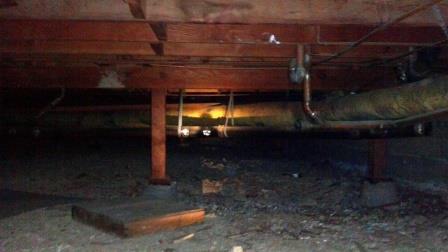

Printable PDF version
Subscribe to our newsletter
Net Zero Energy
OSHA Confined Spaces
Onward & Upward, Slowly
Construction
Management Specialists
111 Pine Street, Suite 1315
San Francisco, CA 94111
(415) 981-9430 (San Francisco office)
1663 Eureka Road
Roseville, CA 95661
(916) 742-1770 (Sacramento office)
9449 Balboa Avenue, Suite 270
San Diego, CA 92123
(619) 518-5648 (San Diego office)
8538 173rd Avenue NE
Redmond, WA 98052
(206) 571-0128 (Seattle office)
2063 Grant Road
Los Altos, CA 94024
(650) 386-1728 (South Bay office)
P.O. Box 492115
Los Angeles, CA 90049
(424) 343-2652 (Los Angeles, CA office)
www.TBDconsultants.com
The Paris Climate Change Conference shows how seriously the nations are starting to take global warming and climate change, but the construction industry has been doing its part, and continues to do so. Here we look at some of the means and methods used to provide buildings that consume Net Zero Energy
Construction sites have always been places where dangers exist, and OSHA works to mitigate those risks as much as possible. In that regard, one of OSHA’s latest updates is in connection with confined spaces that require permits for entry, and such spaces are defined as follows:
- A space large enough for a worker to enter, but which has limited means for entry or exit, and is a space not intended for regular or continuous occupancy, and
- It can potentially have a hazardous atmosphere, or an engulfment hazard, or any other serious hazard such as exposed wiring that could prevent a worker leaving without assistance.
The contractor must have a person who can identify such potentially hazardous confined spaces, and that person might be a consultant or an employee with sufficient training. Warning signs must be placed at the locations that are identified.
Trenches and pit excavations are also confined spaces that carry a risk of injury or death when working in them, but they are covered by separate regulations.
Where a confined space requires permits for entry, only those workers who have been specifically assigned to work in the space, have appropriate personal protective equipment, and who have had training related to the potential hazards may enter. And before they do, the employer must provide a permit detailing what measures have been taken to ensure the workers’ safety and naming the workers that are allowed to enter. Such workers must also be allowed to observe the testing that is carried out to ensure the safety measures have been effective.
The space must be continuously monitored (unless not technically possible) using electronic monitors, a trained observer, or other means, as appropriate. If, say, a hazardous atmosphere is observed to be recurring in the space, any workers in there must be immediately evacuated and the permit would be suspended until the space is returned to the condition specified in the permit.

People trained to respond in the event of an emergency must be available, and other workers are to be prevented from entering to attempt a rescue. If people already trained in regard to the hazard have ended up in trouble, untrained personnel attempting to enter are only likely to compound the problem. Where an employer is relying on local emergency services for any necessary rescue, arrangements must be made for notification when such services are not available and the confined space must be evacuated at those times.
Ideally, rescues should be effected from outside the confined space by having the entry workers wear some form of body harness with a retrieval line where feasible.
A trained attendant is to be assigned to monitor the space and keep in touch with the workers in the space to ensure that they are safe. The attendant is also there to ensure that only permitted workers are allowed to enter.
These regulations (of which this is just a short summary, of course) went into effect on August 3, 2015, although OSHA is refraining from issuing citations related to the regulations until January 8, 2016, where an employer has made a good-faith effort to comply.
In this article we take a look at some of the global and national issues that could affect the construction industry during 2016. Happy New Year!
Design consultant: Katie Levine of Vallance, Inc.